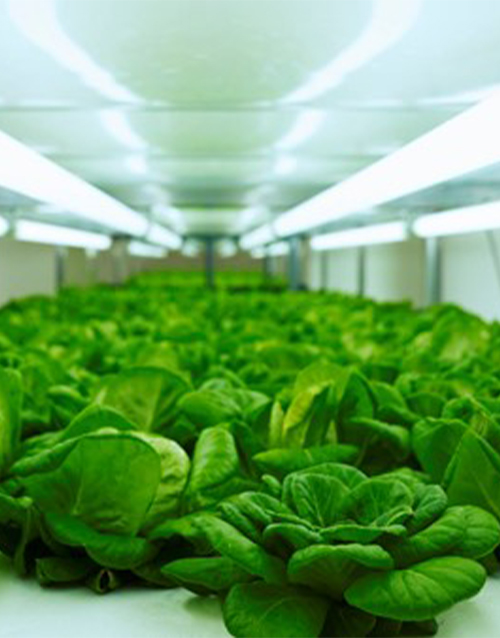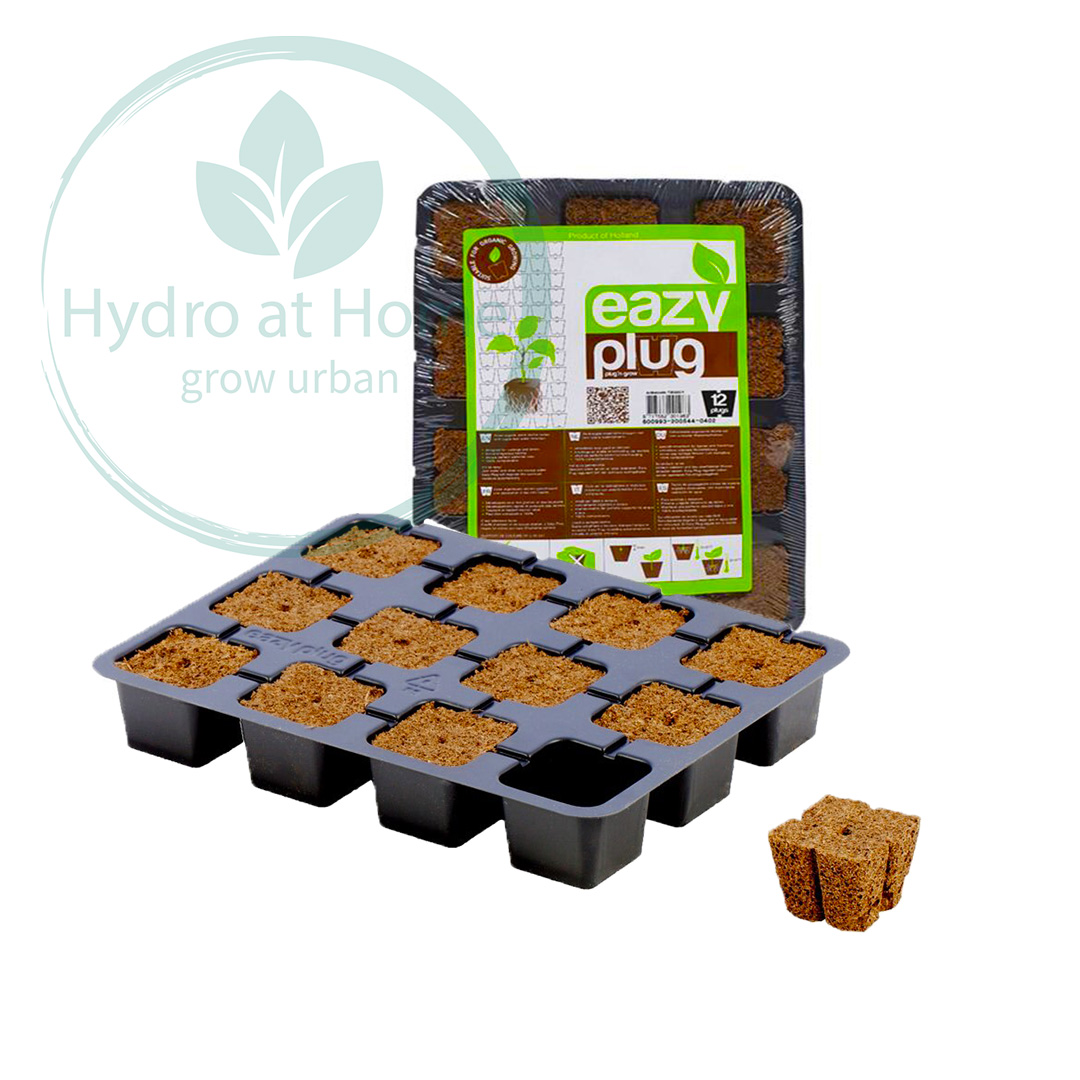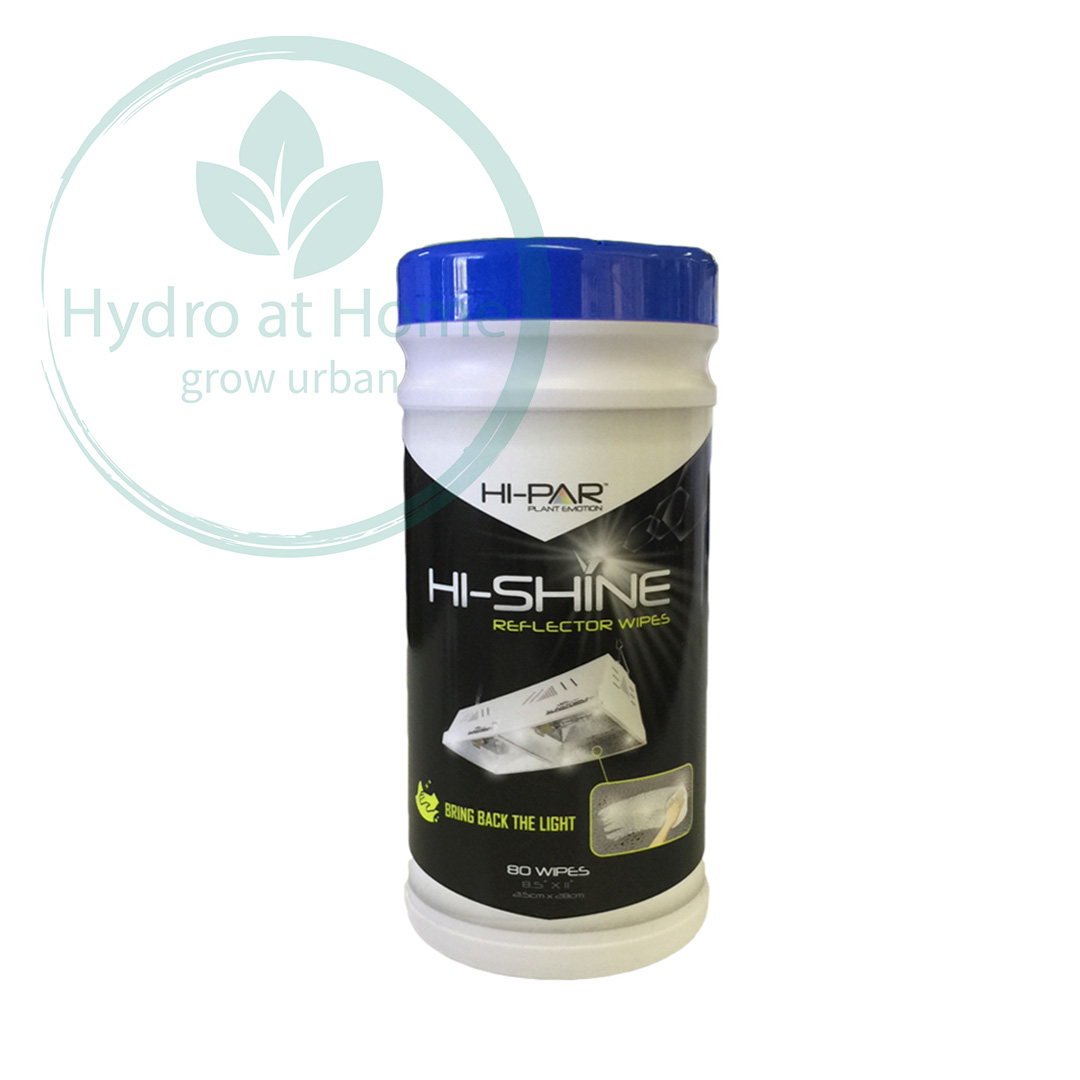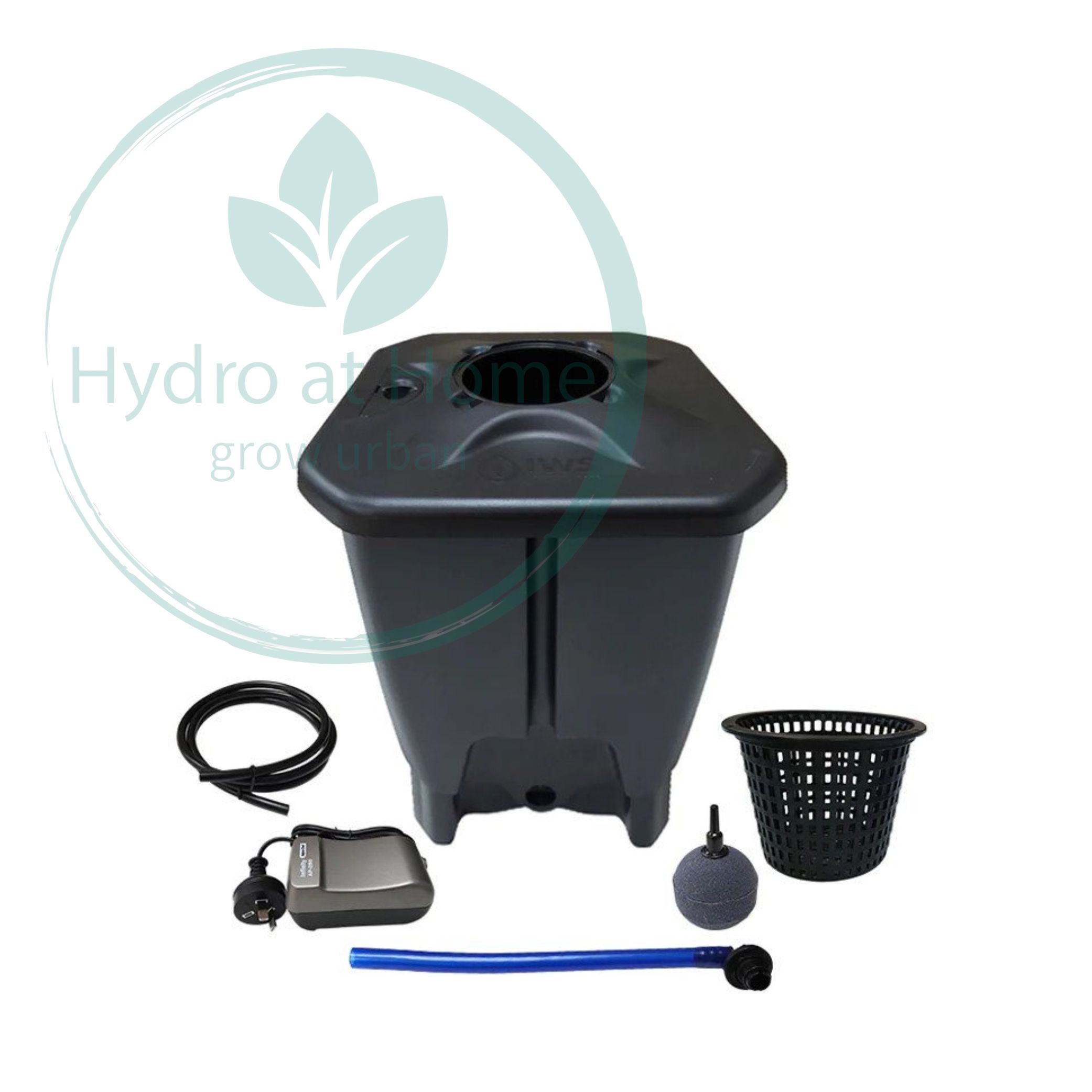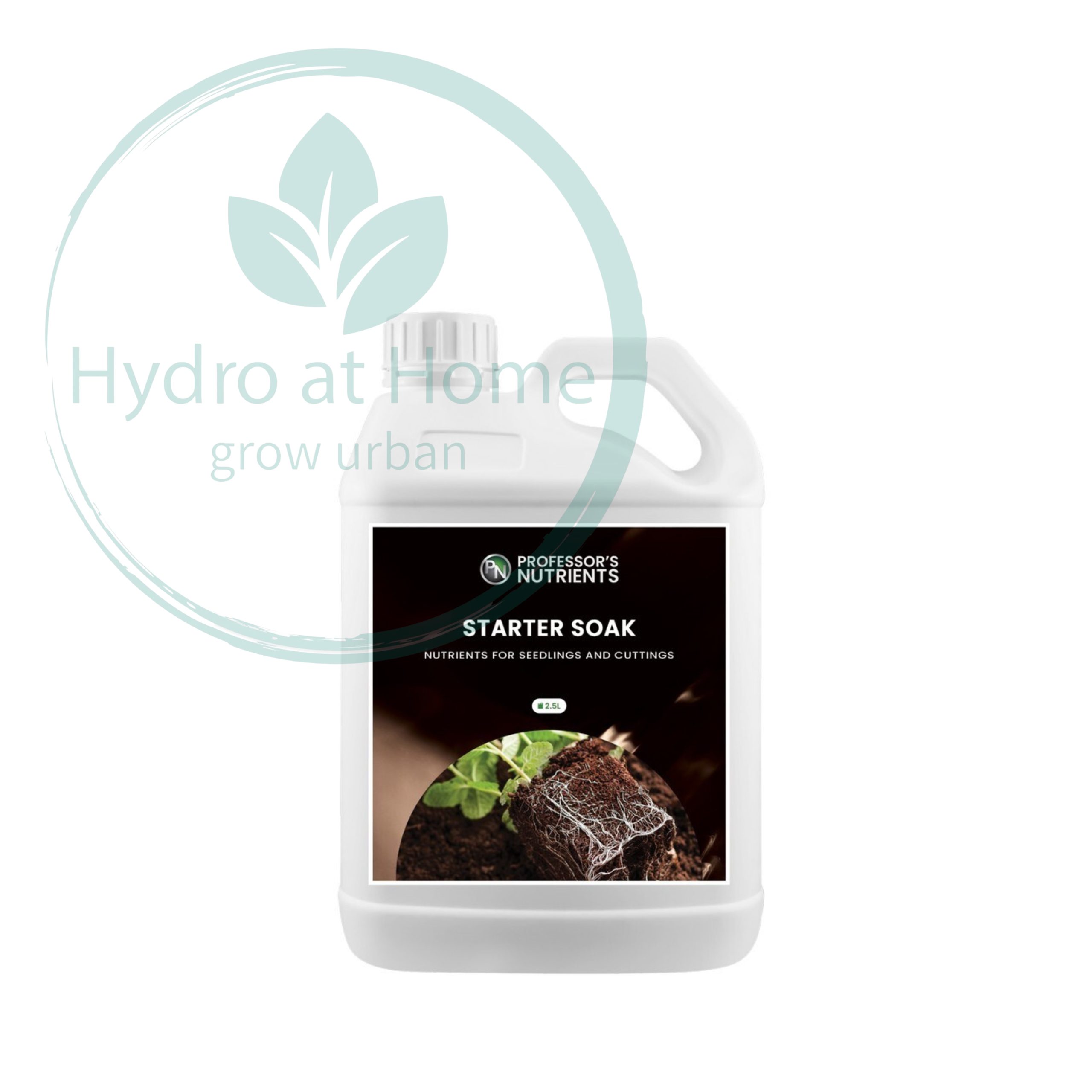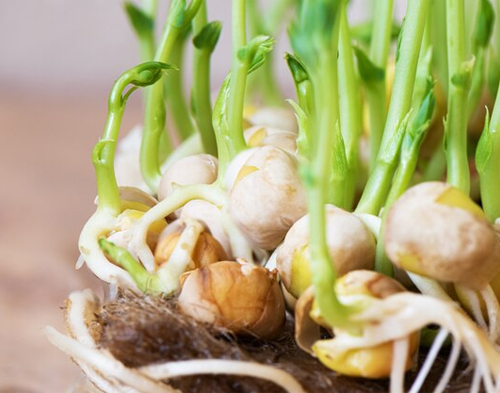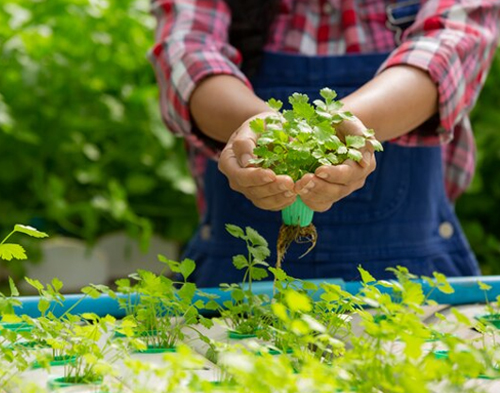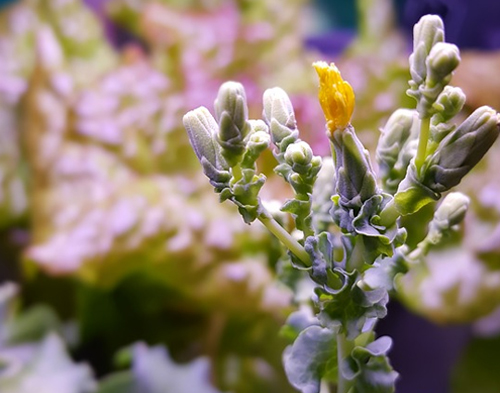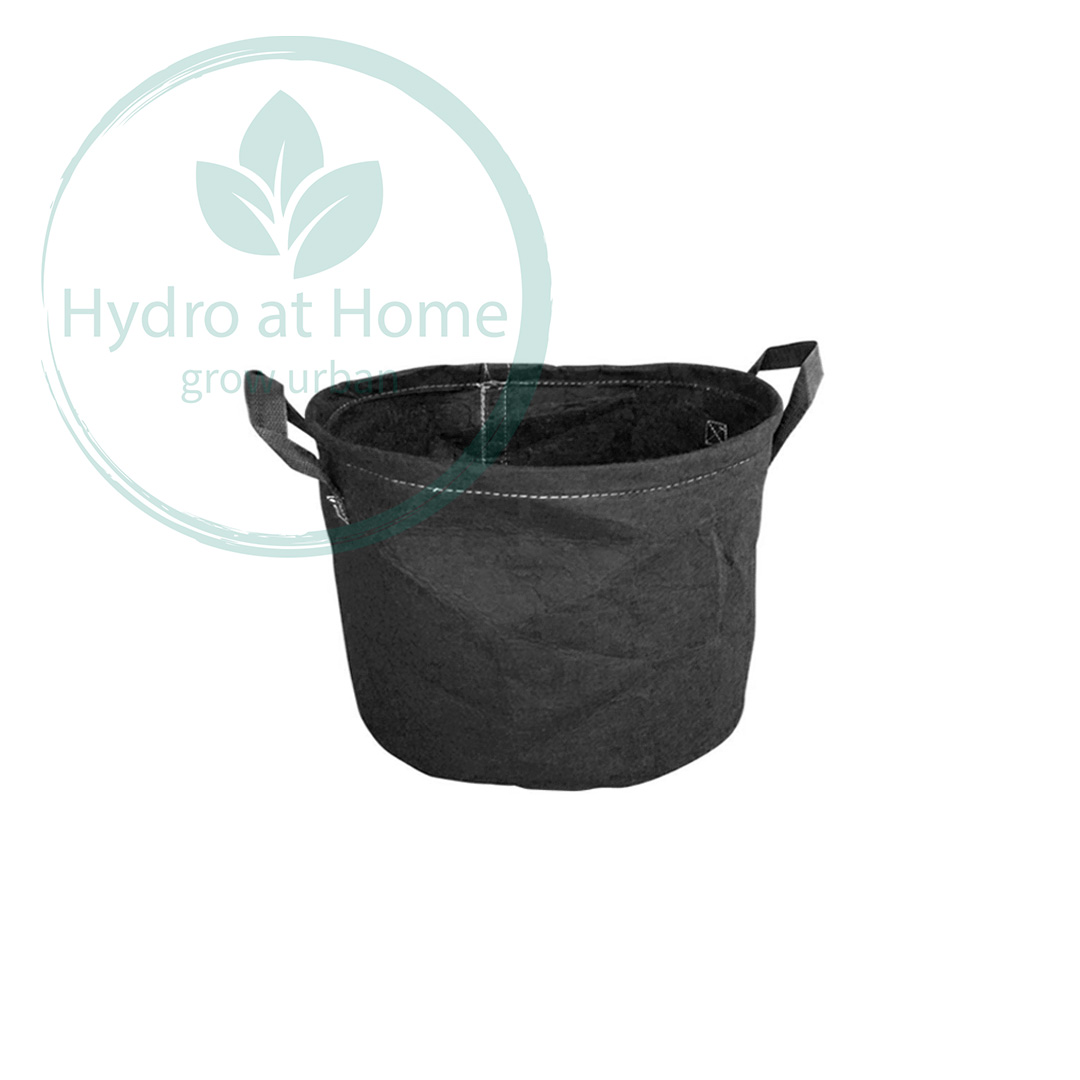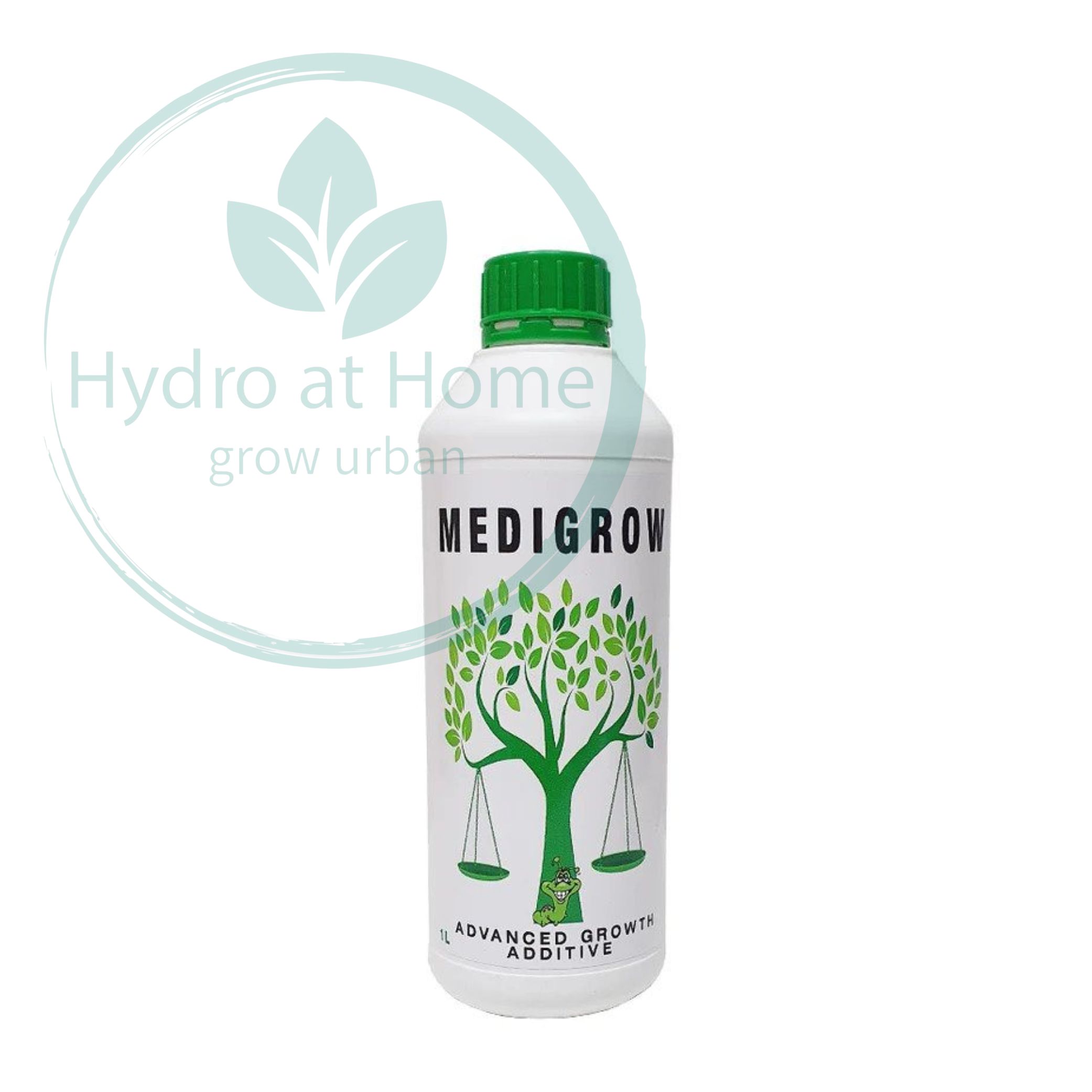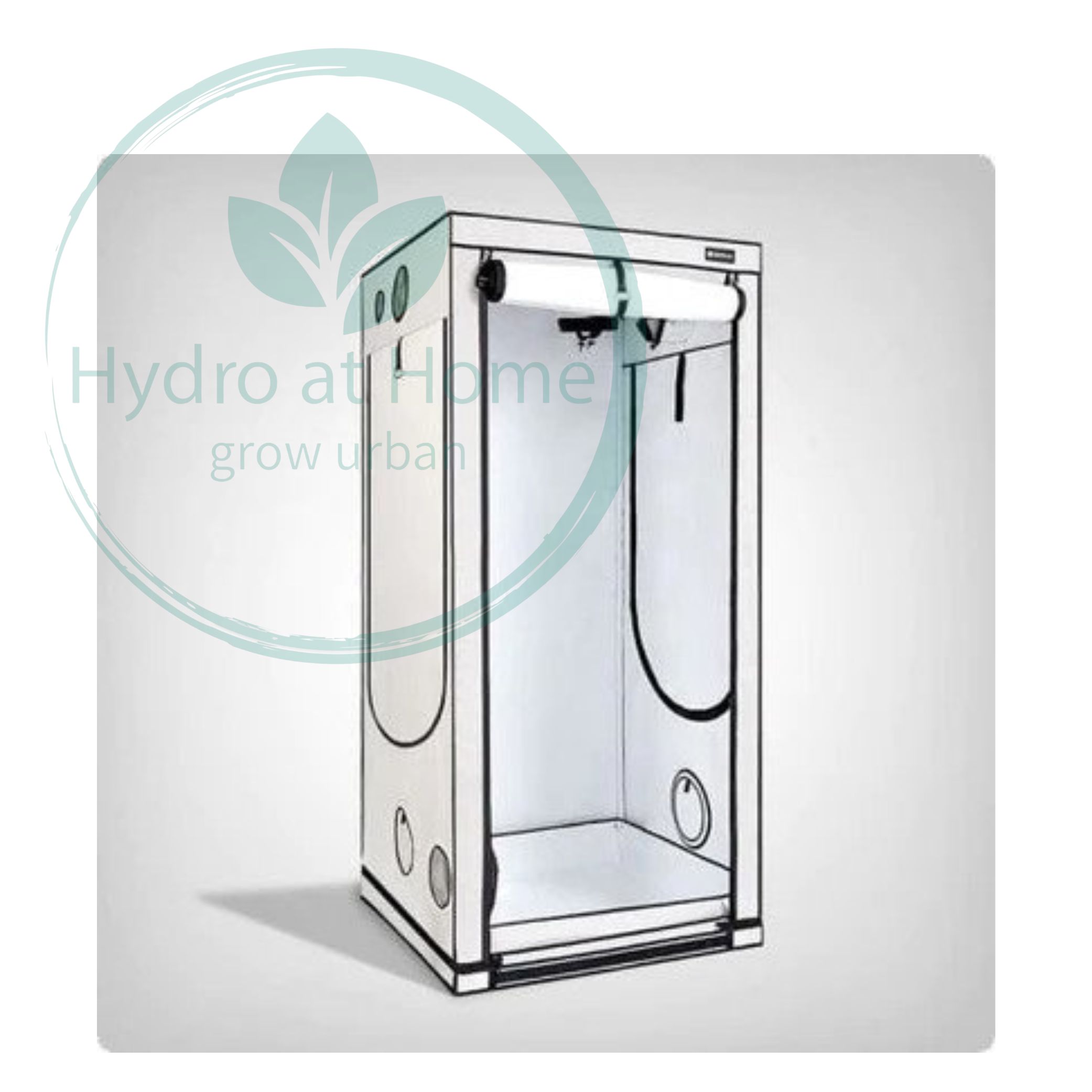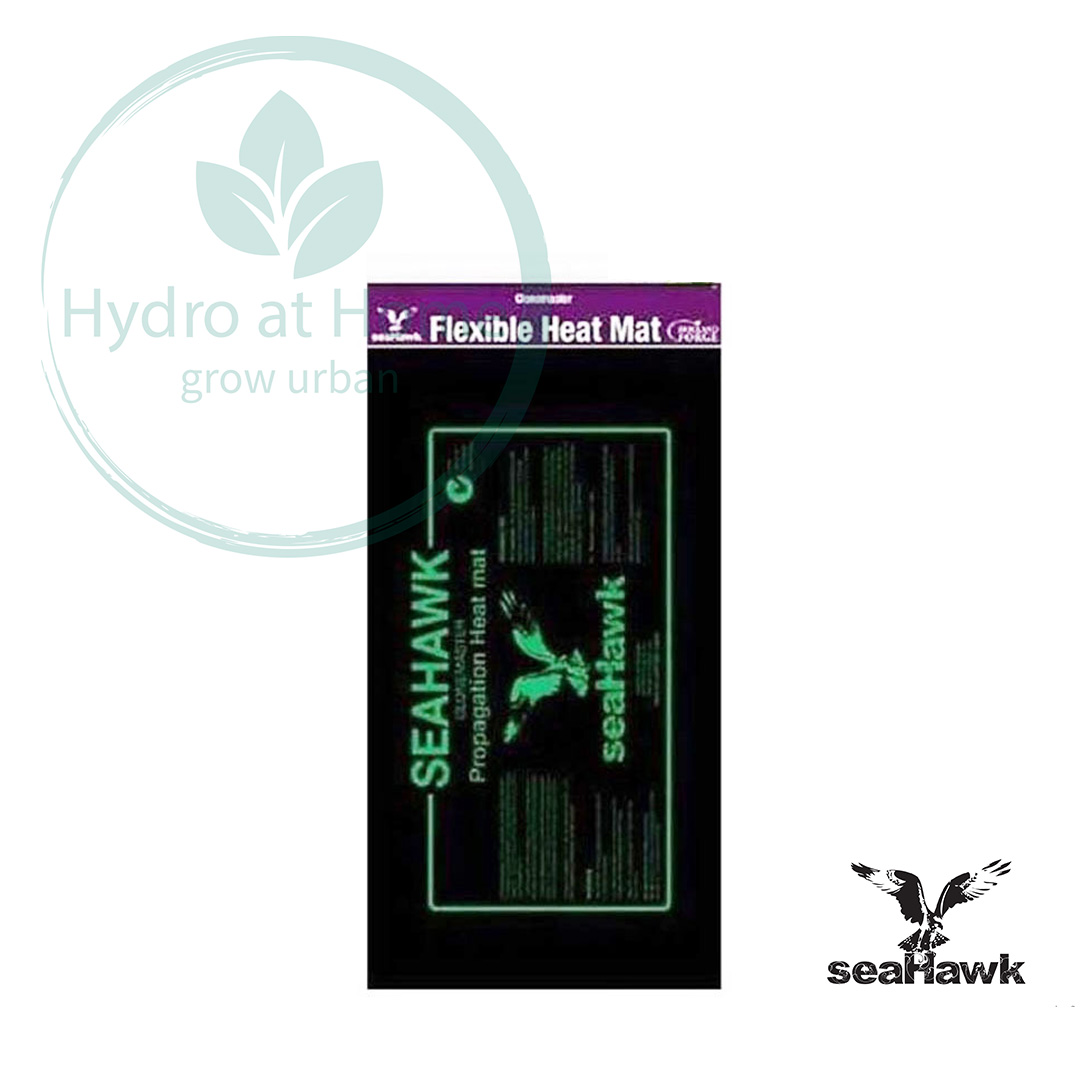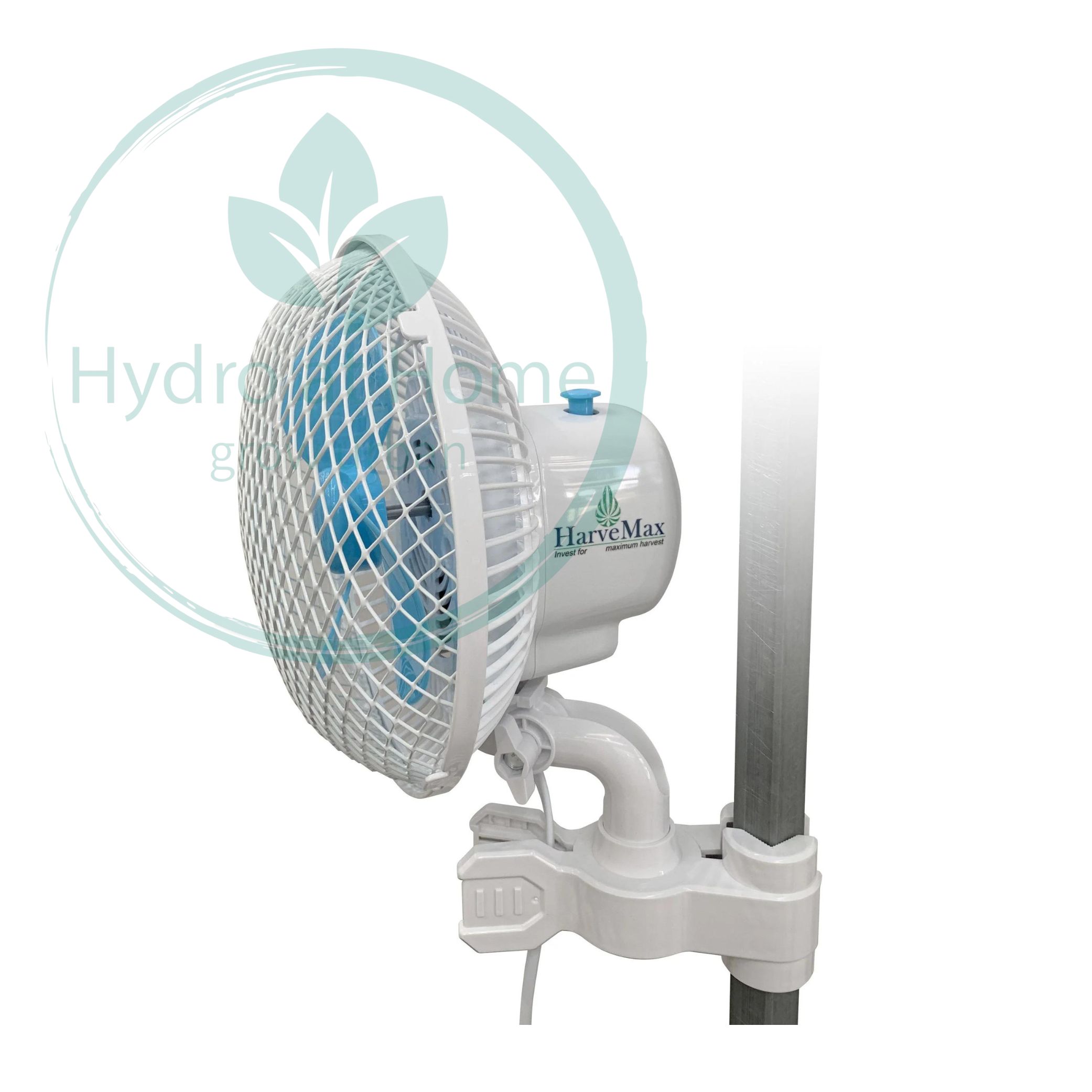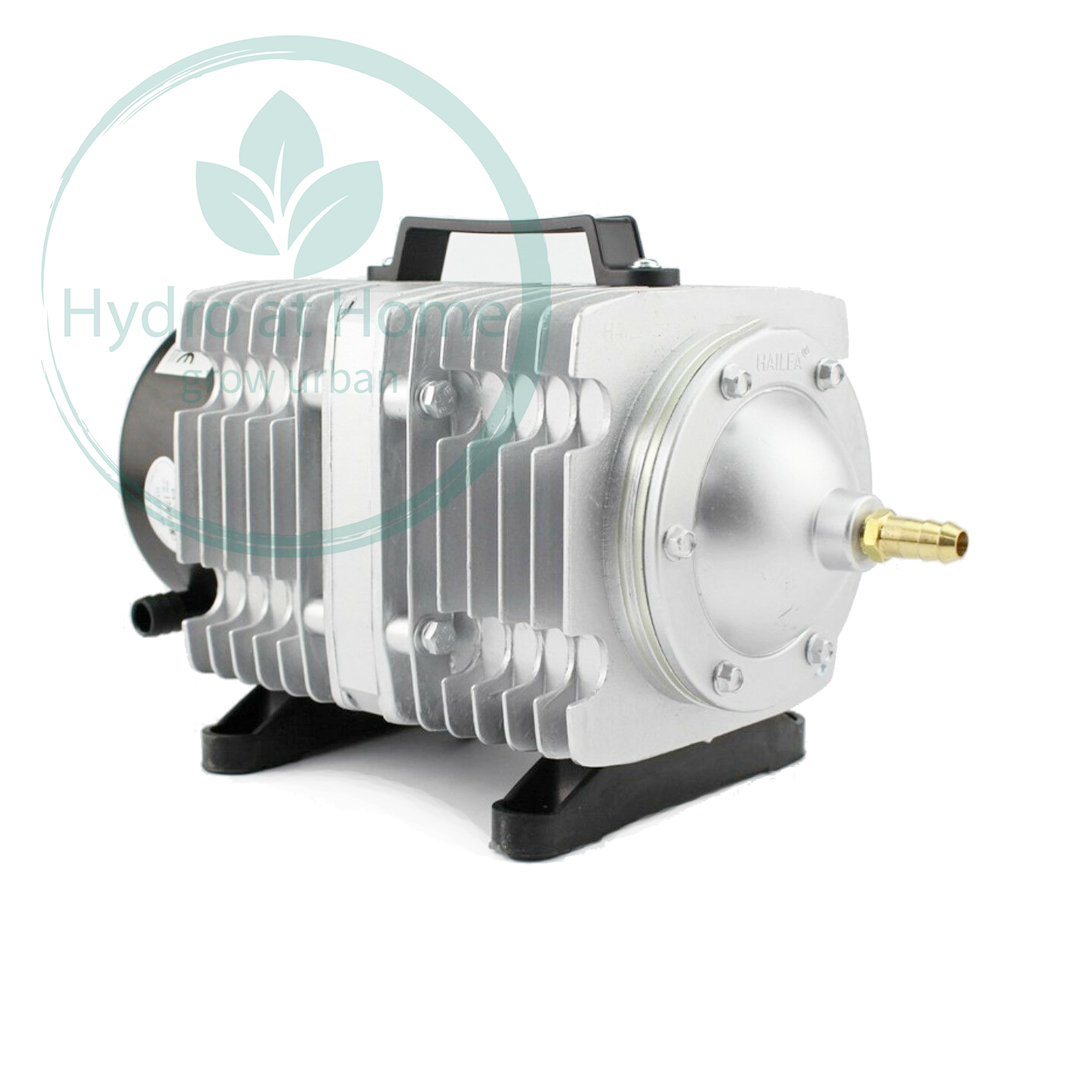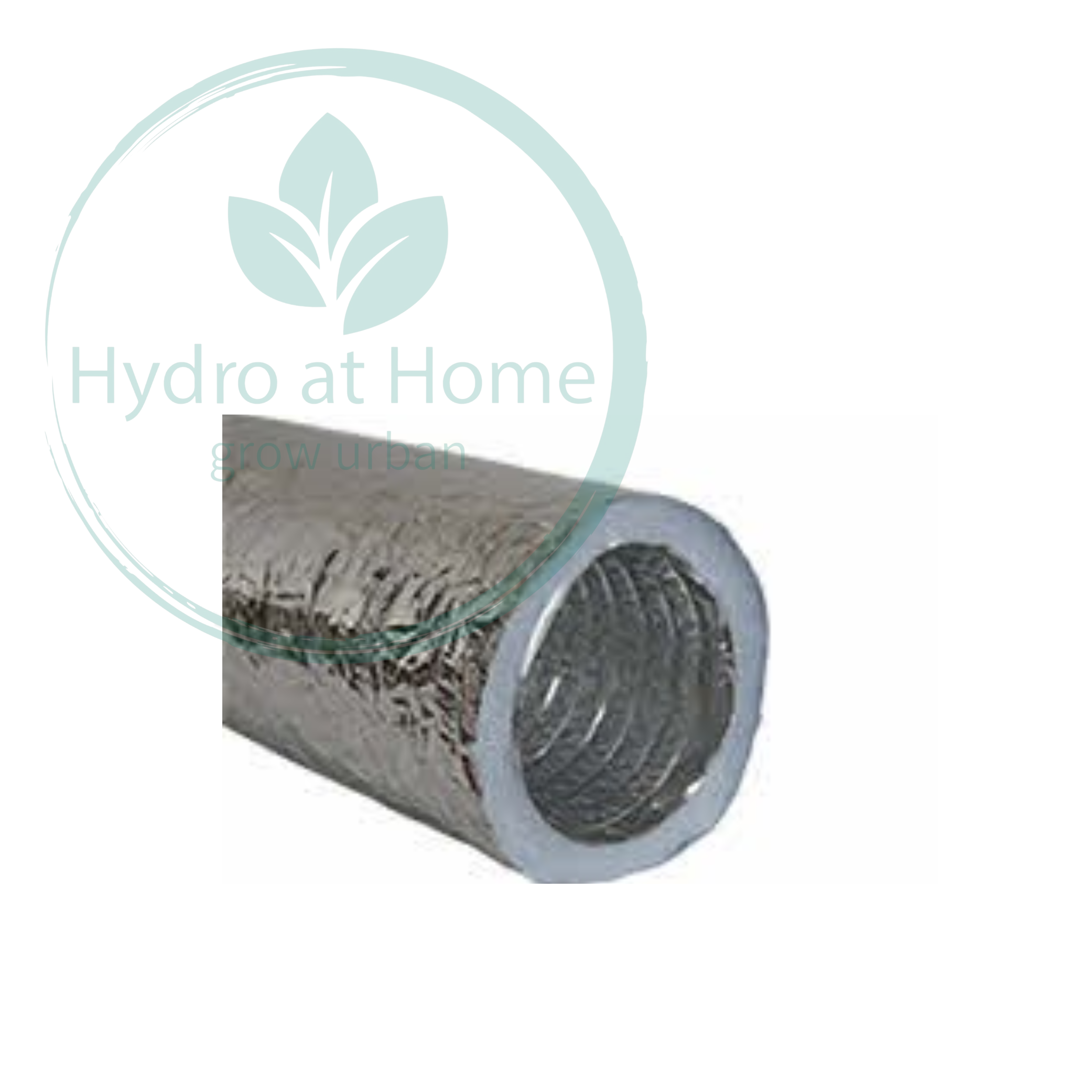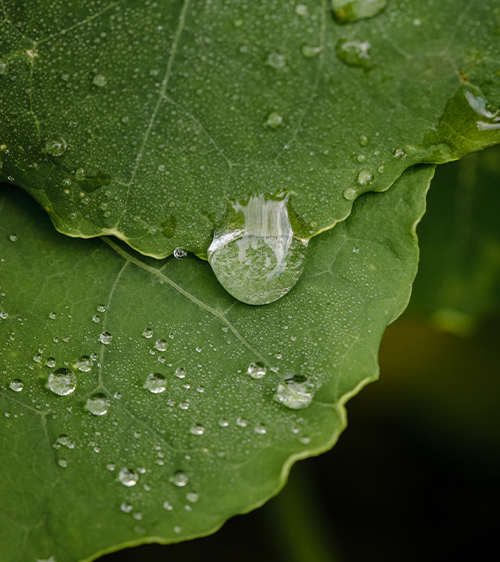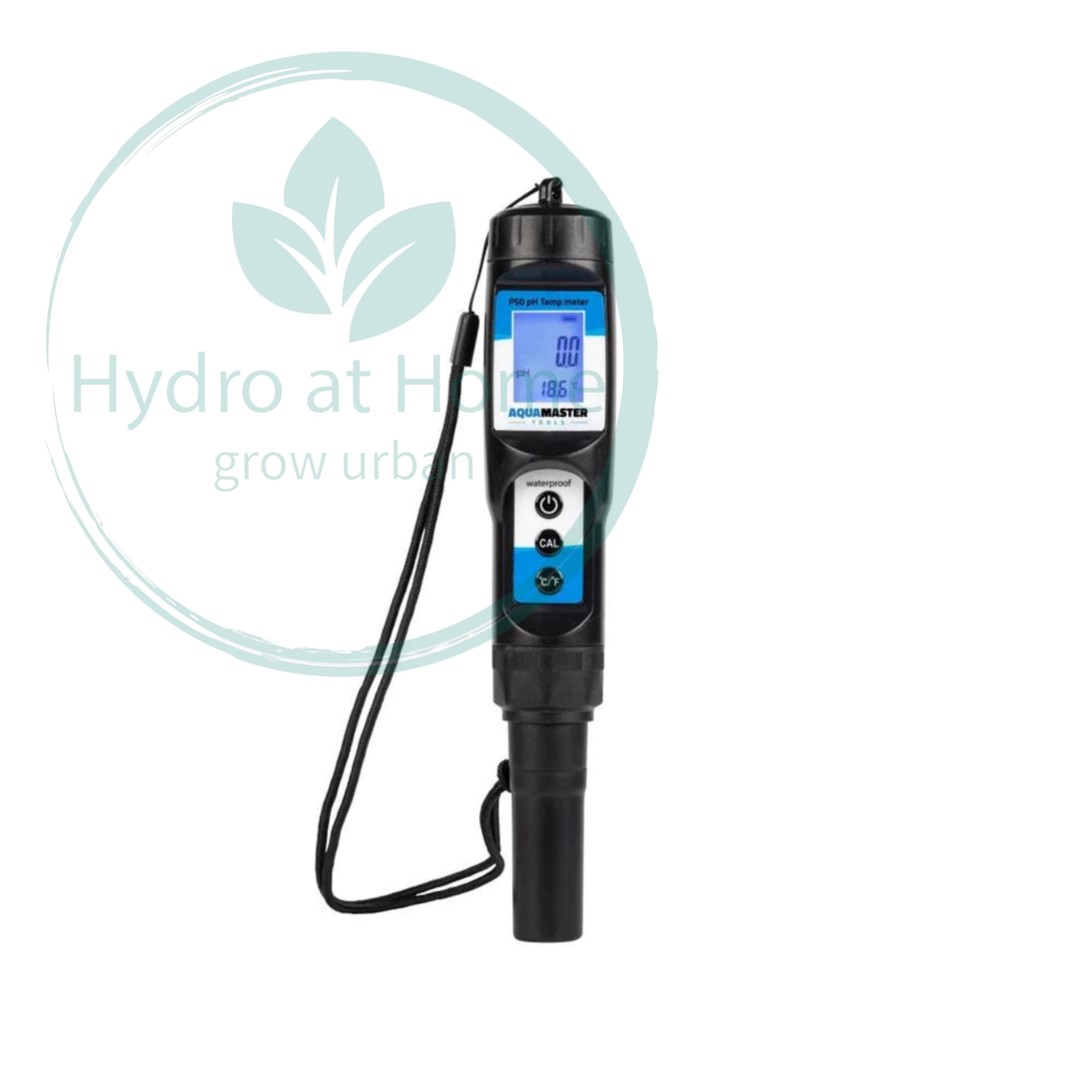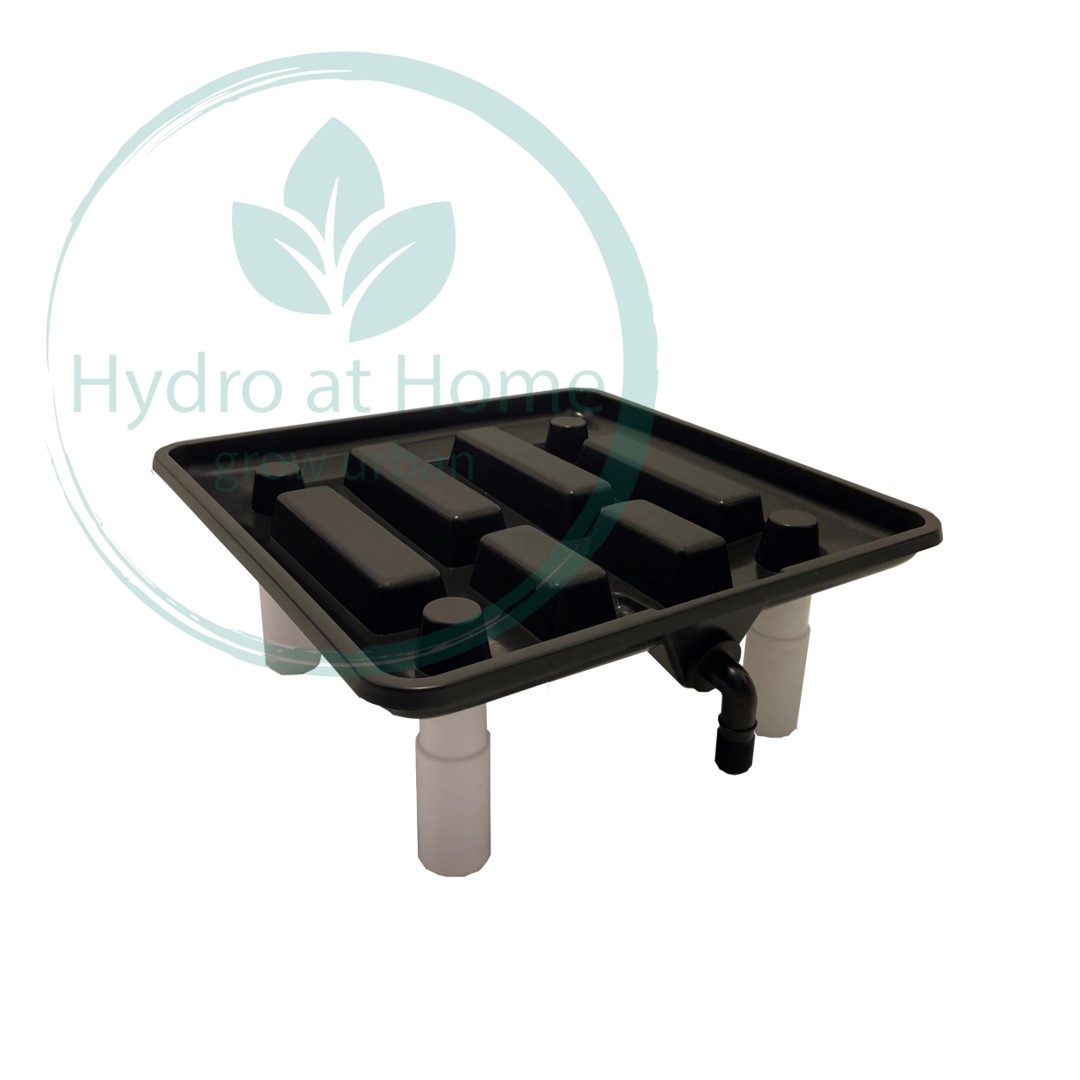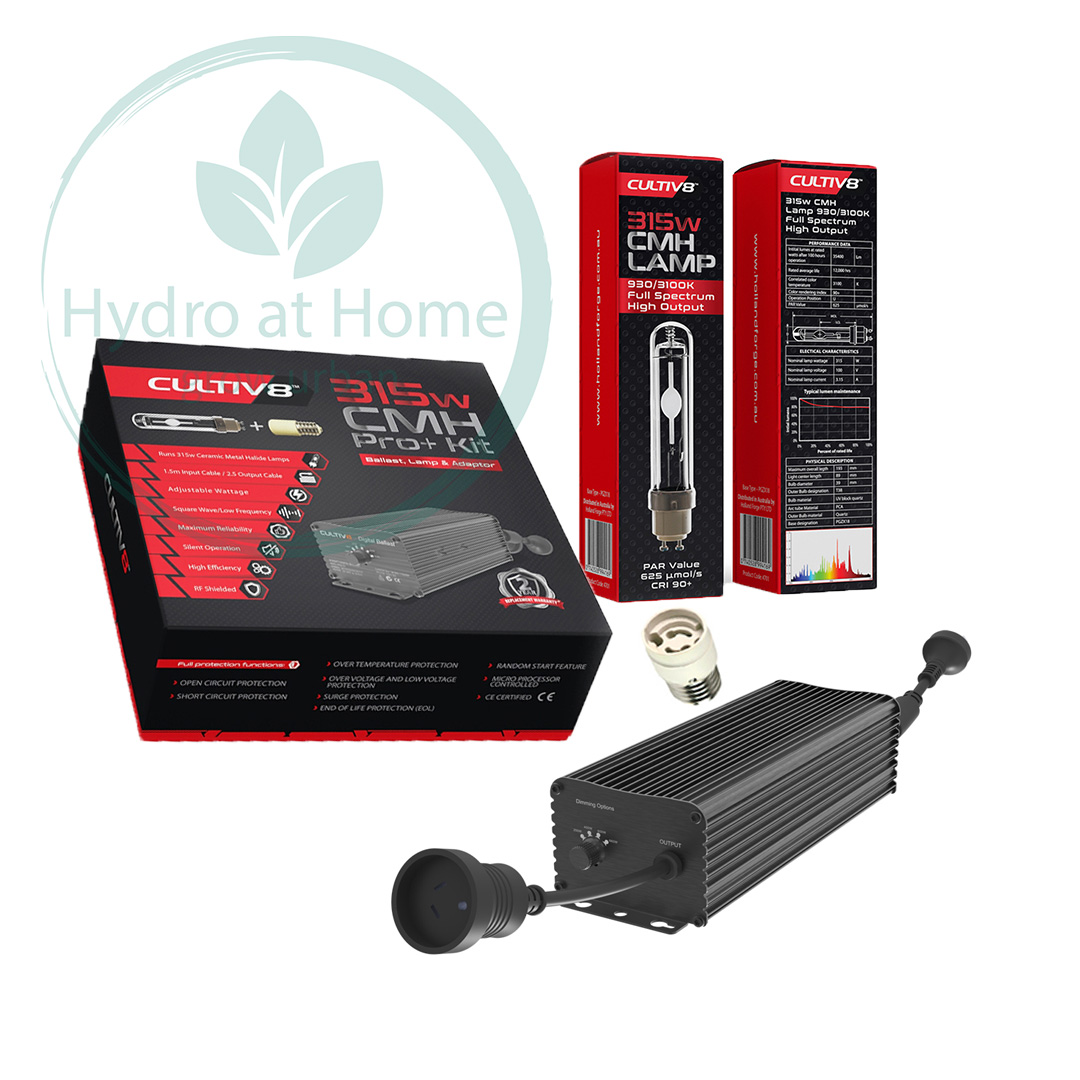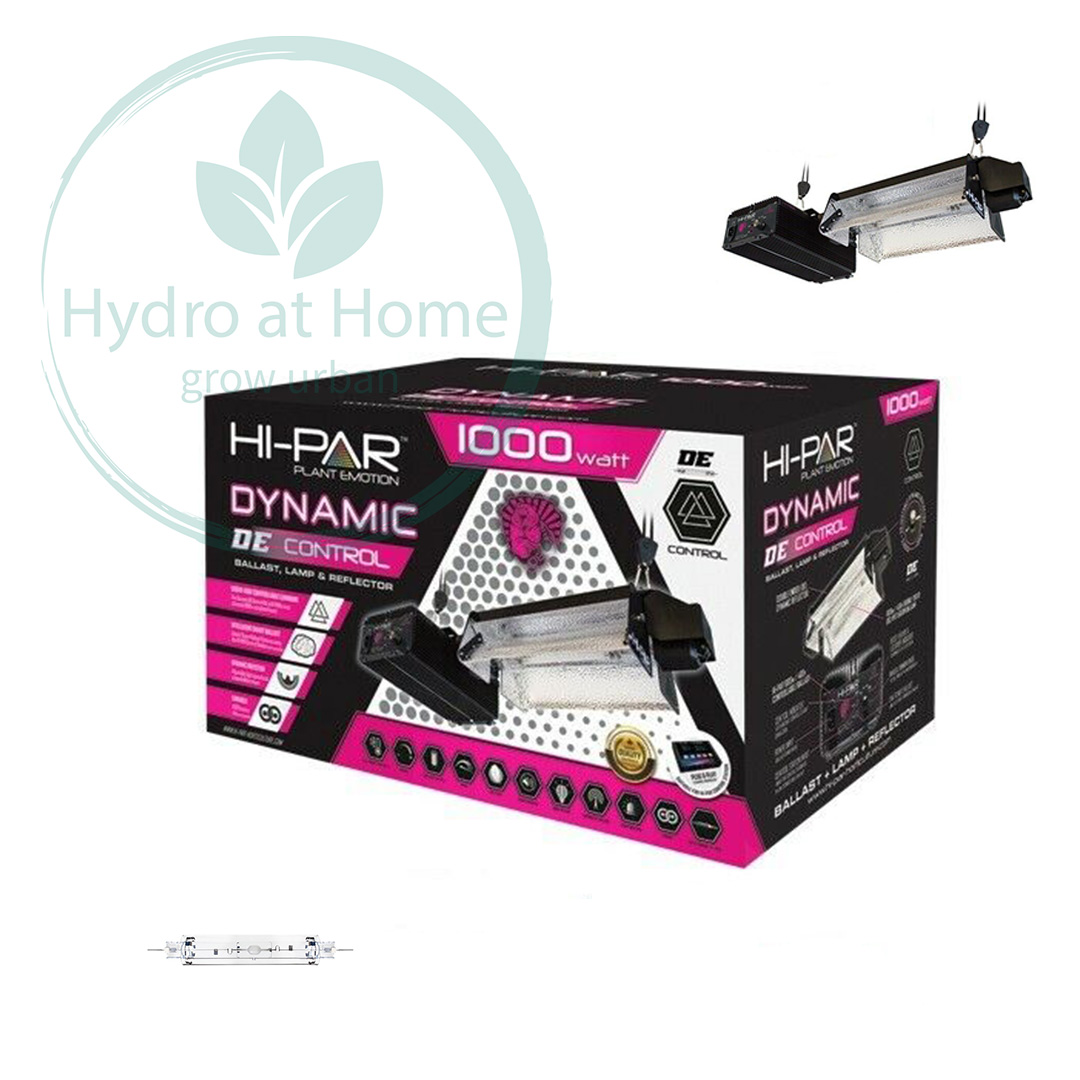Grow
Preparation
Being able to establish your own grow environment can be very rewarding and importantly, you will know how your plants are grown and that they are fresh, healthy and good for you! Before you start growing anything, it’s crucial to find out the laws in your locality, State or Territory as growing some varieties of plants (including some that are classed as Natives) may require a licence and can even be deemed illegal – carrying hefty penalties – so make sure you stick to the laws in your state and you will find your growing experiences much more pleasant.
Plants, like all living organisms, have some very basic needs which include a source of nutrition, water, light and air as well as space in which to live and grow. Optimal temperatures are important in order for plants to grow and reproduce. Plants lives may be as short as a few weeks or months, but they go through distinct changes from seed to sprout and seedling, then through vegetative, budding, flowering and ripening stages. The nutritional needs of plants change as they grow, meaning that as a plant develops, so will your changing nutrient needs for your plants and depending on the variety, your growing experience, and your budget, you can consider different growing mediums ranging from soil, Cocos fibre or husk, perlite or vermiculite, clay balls and even hydroponic deep water culture methods. You can read about some of these in our PROPAGATION information tab.
RECOMMENDED PRODUCTS
Plant growth stages

Seedling
Seeds when combined with light, air and water will germinate and sprout.

Sprout
Successful germination usually means a white taproot sprouts from the seed and the first set of leaves will grow.
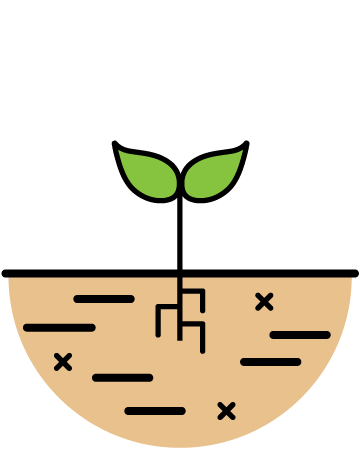
Vegitative
By the time the vegetative stage comes round your plants energy is focused on growing stalks and foliage.

Budding
Transition from growing leaves to forming buds and the management of humidity, air flow and lighting.

Flowering
Flowering is the last stage of growth, where plants require less nitrogen and an increase of potassium and phosphorus.

Ripening
Keep a close eye on your plants to determine when they are ripe enough and if it’s the right time to harvest them.
Plant Life-Cycle
Every living organism goes through a cycle during its life, plants included. However, these life cycles have important differences particularly when it comes to flowering and non-flowering plants. It is a really great idea to complete your own research in order to better understand your plants’ requirements prior to starting your grow.
Generally, most plants will complete a cycle as follows:
Seedling
Each seed contains a small parcel of nutrients and when combined with light, air and water – that is all they need to germinate. Once germinated and the seeds are planted, they will begin growing. As a plants’ roots develop and spread, a boost of quickly absorbed and well-balanced nutrient fuels the rapid growth from spindly seedling to healthy plant and primarily, plants can stay in the seedling stage for 2-3 weeks but this stage may last for up to 6 weeks in other cases. The length of time can vary depending on the strain you’re growing and also on a few environmental factors including grow space, humidity, temperatures and lighting.
Sprout
If your Germination has been successful, usually a white taproot will sprout from the seed and it will then begin growing the first set of leaves, so check on your seeds often. Germination can take anywhere from between 24 hours and seven days, so be patient and when the taproot and top shoot has emerged, you can transfer the seeds to your selected growing medium and grow space.
Vegetative
By the time the vegetative stage comes round, it is usually a great idea to transfer your plants to larger pots as at this point, they will be growing rapidly, taking on more nutrients and carbon dioxide allowing them to develop leaves and take shape very quickly. During the vegetative stage, the general rule is to keep the temperatures and humidity higher and gradually reduce the humidity as you transition to the next stage of growth. Nitrogen is a key component of chlorophyll (the green pigment in plants) and is a critical component of the nutrients you are using, as your plants energy is focused on growing stalks and foliage. You can also increase levels of other key nutrients in the feed and whilst vegetating, most plants will need around 16-20 hours of all important sunlight.
Budding
This is an exciting stage as you will begin to observe a transformation in your plant – It is the transition from growing leaves to forming buds and the reduction and management of humidity, air flow and lighting are all contributing factors, as well as the ratio mix of the nutrient feed that is fuelling your plants growth. Phosphorus is in extra high demand at the start of a plant’s’ reproductive cycle so your feed schedule may need to be adjusted to suit your plants’ needs.
Flowering
The flowering stage is the last stage of growth, and it is usually the most crucial for you as a cultivator. Potassium plays a primary role in producing and transporting the sugars and starches plants use up as they develop healthy flowers and fruit. Transitioning most plants into a flowering stage can be achieved by reducing their light exposure and adjusting your nutrients. For example reducing to 12 hours of light and 12 hours of darkness will send a trigger to flower. Adjusting the temperature and the humidity at around the same time as the lighting change is also a good idea. You can also stop giving the plant nitrogen and increase the intake of potassium and phosphorus.
Ripening
When flowers and fruit are verging on full maturity they need a week or two of just water without nutrients, or a water and flush mix (a process known as “flushing”) so they can use up all of the nutrients they have already absorbed and clear out any excess salts and nutrients. You will have to keep a close eye on your plants to determine when they are ripe enough and if it’s the right time to harvest them. Your timing and the “flushing” of the plant can affect the smell, taste, yield, and even the look of your harvest and at this point if it is possible, to further reduce the humidity (depending on what you are growing) and increase the air flow in order to minimise any rot or mould forming in your fruits.
RECOMMENDED PRODUCTS
Air & Temperature
How will I control air flow, temperature and humidity?
Temperature is a key factor in plant growth and development as it influences growth in the short term as well as the long term and ultimately will impact crop yields and quality. While air temperature is a primary environmental factor that affects plant development and growth rate, air temperature is never an isolated issue and every factor in plant growth interrelates with every other factor. Equally as important is water temperature and humidity, although everything that is or will occur in the plant, does so under the first control point of air temperature. Getting this right is the first step on the long road to successful crop production. Plant temperature and air temperature are not equal because plants are able to cool off through evaporation and warm up through irradiance, so while plants seek to reach their optimal temperature, it is all about achieving a balance between air temperature, relative humidity and light exposure.
RECOMMENDED PRODUCTS
Water & Humidity
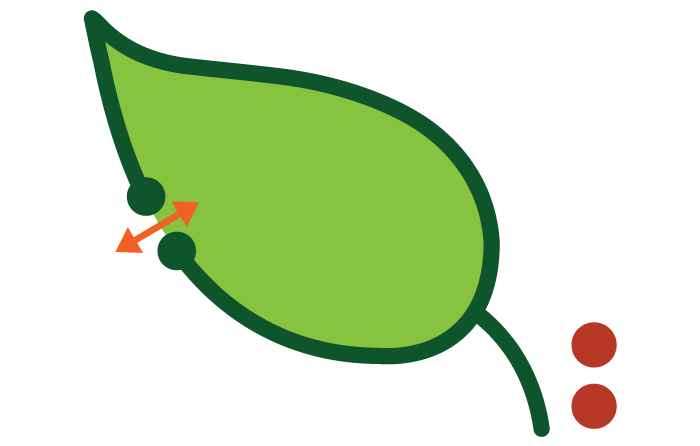
1. High Humidity
Vapour pressure difference between leaf and outside air is small, air exchange is low, sugar production and growth is slow.

2. Optimal Humidity & Temperature
Optimal air exchange, sugar production and growth are ideal.
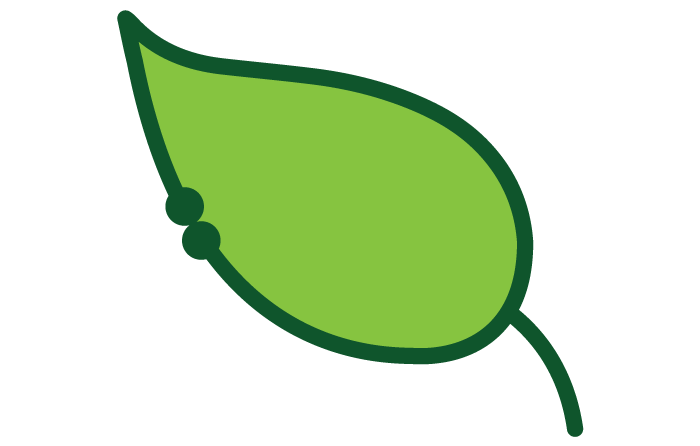
3. Low Humidity, High Temperature
Plant loses moisture, sugar production and growth can be stopped.
How will I control water flow, pH levels and EC or nutrient levels and humidity?
The timing and control of water quality, water temperature and humidity levels are crucial to the development and health of your plants and finding balance between these factors is a challenge for everyone. How well you control this environment will influence growth rates and yields as well as the taste and quality of your harvest. Ideally, at all times herbaceous root systems require near 100% humidity, otherwise the root tips can die back. Roots also require oxygen to do their job, which comes through diffusion at the root surface, and the root tip is responsible for absorbing the vast majority of minerals and water. Over watering can be very harmful at any stage. This is keeping the roots submerged in water without allowing them access to oxygen so never let roots stay submerged for more than 20 minutes. Remember, in a container with medium or substrate and adequate drainage holes, you can’t put in too much water so long as you have good drainage or a pump out system. It is also preferable not to water at night as watering cycles would need to be adjusted during the ‘night time’ period, because plants don’t use as much water at ‘night time’ as they do during the ‘day time’.
In relation to pH and nutrient levels;
- In soil the pH level should be between 6.0 and 7.0 – In soil the pH level should be between 6.0 and 7.0
- In hydroponic systems, it should be between 5.5 and 6.5
You will find that pH testing is useful at every stage of growing and not only whenever there is a problem. If there is an issue you should always start by checking the pH levels near the roots (known as ‘run-off’) to see if that is what’s causing the issue. The good news is that testing pH levels is quite easy and inexpensive so regardless of where your plants are in their growing progress, you should buy yourself a pH testing kit.
RECOMMENDED PRODUCTS
Lighting
Intense light can be a great thing, but it comes with some drawbacks – the biggest being the extra heat generated. Some of this can be controlled using ambient cooling and ventilation, but radiant heat should not be ignored and no amount of cold air will prevent radiant heat from reaching its target. Only distance can achieve this and as with all things, there is a balance to be found. Higher light intensity will affect how deeply the light penetrates the canopy and its ability to keep the lower parts of the plants functioning. Smaller plants do not need as much light energy as taller, bushier plants would and it will also make it easier to control your climate. Providing a better climate will always yield healthier plants and by using less power you save on energy (and therefore money). In addition, if you place lights too close, the benefits of the extra light will be far outweighed by the damage and stress caused by radiant heat as well as light bleaching, scorching and burning. Heat-stressed plants will produce lower-quality crops, be less healthy and suffer from more troublesome bugs like spider mites. Proper reflectors, light movers, and reflective material on walls will considerably increase the intensity and efficiency of these lights and as a basic rule, the higher the intensity and the broader the spectrum, the greater the benefit.
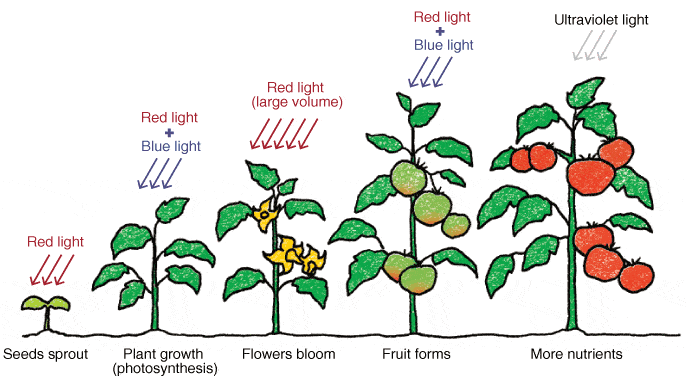
There are a wide range of lighting options available and some may include:
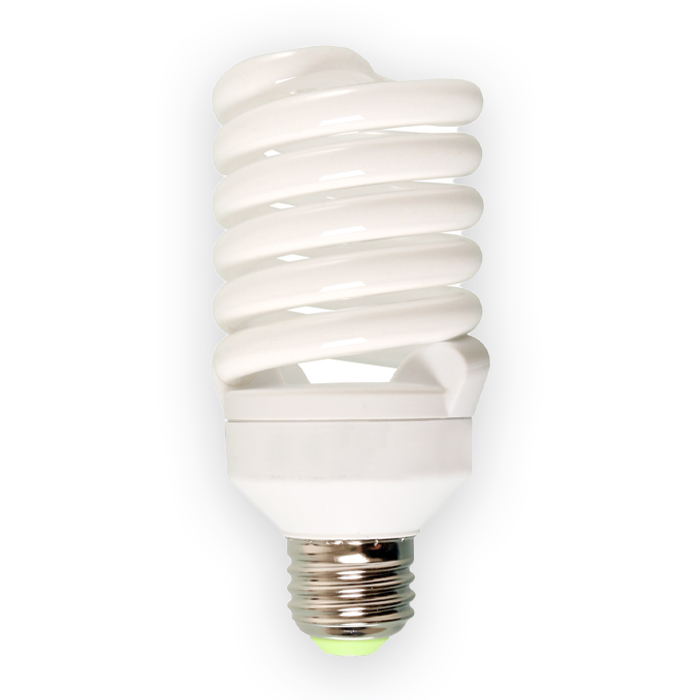
Fluorescent / Compact Fluorescent Lights (CFL
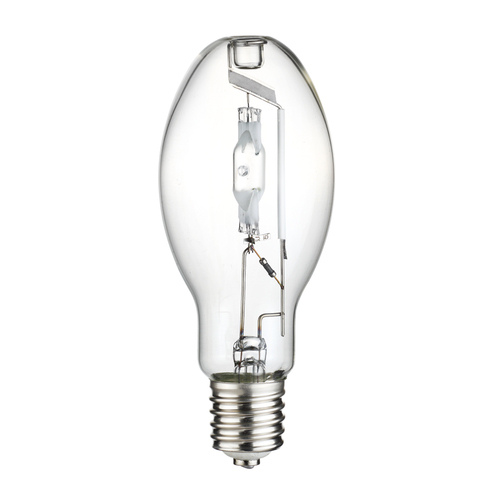
Metal Halide (MH)
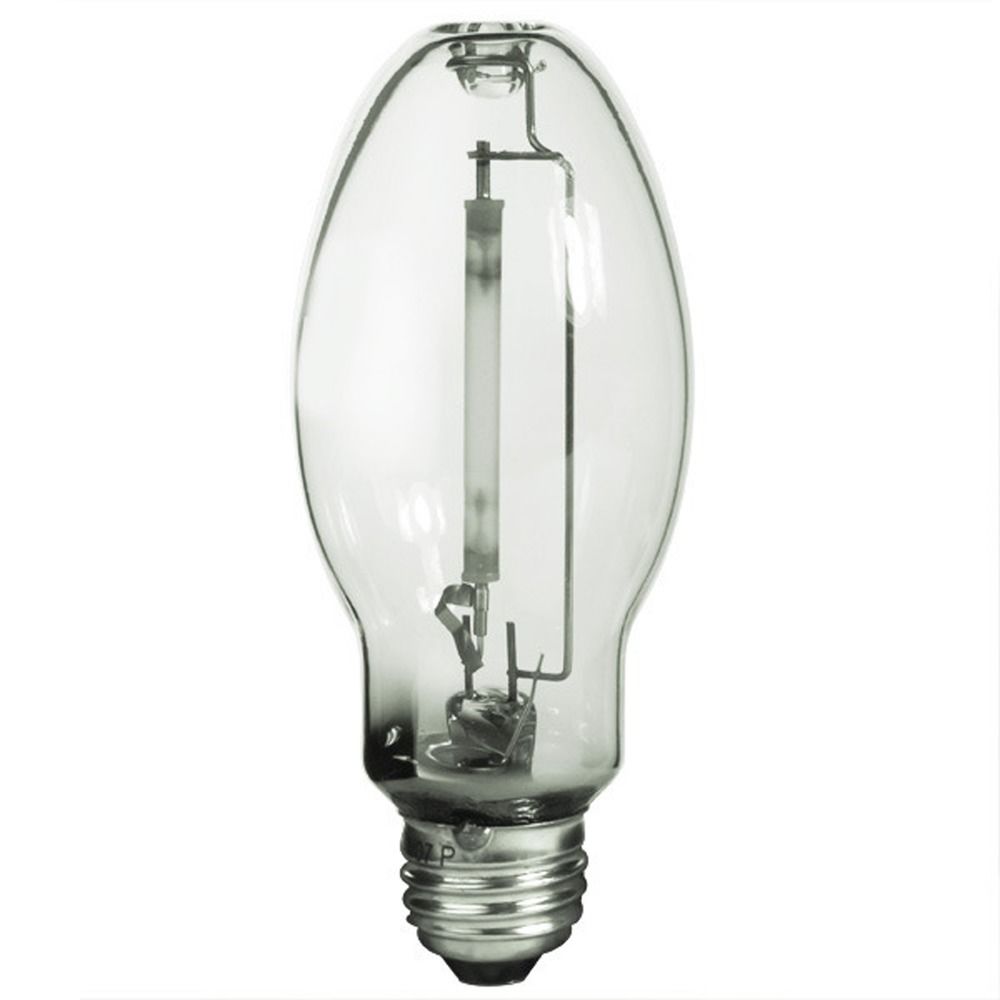
High Pressure Sodium (HPS)
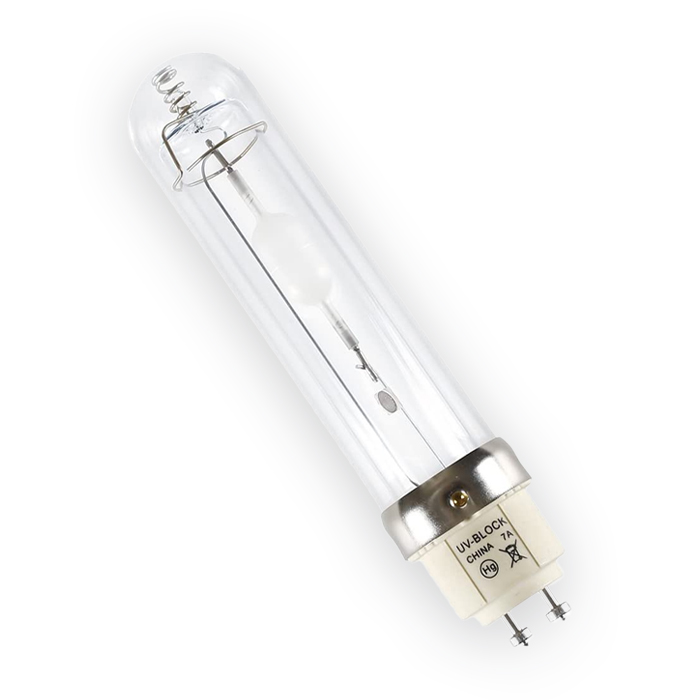
Ceramic Metal Halide (CMH)

Light Emitting Diode (LED)

